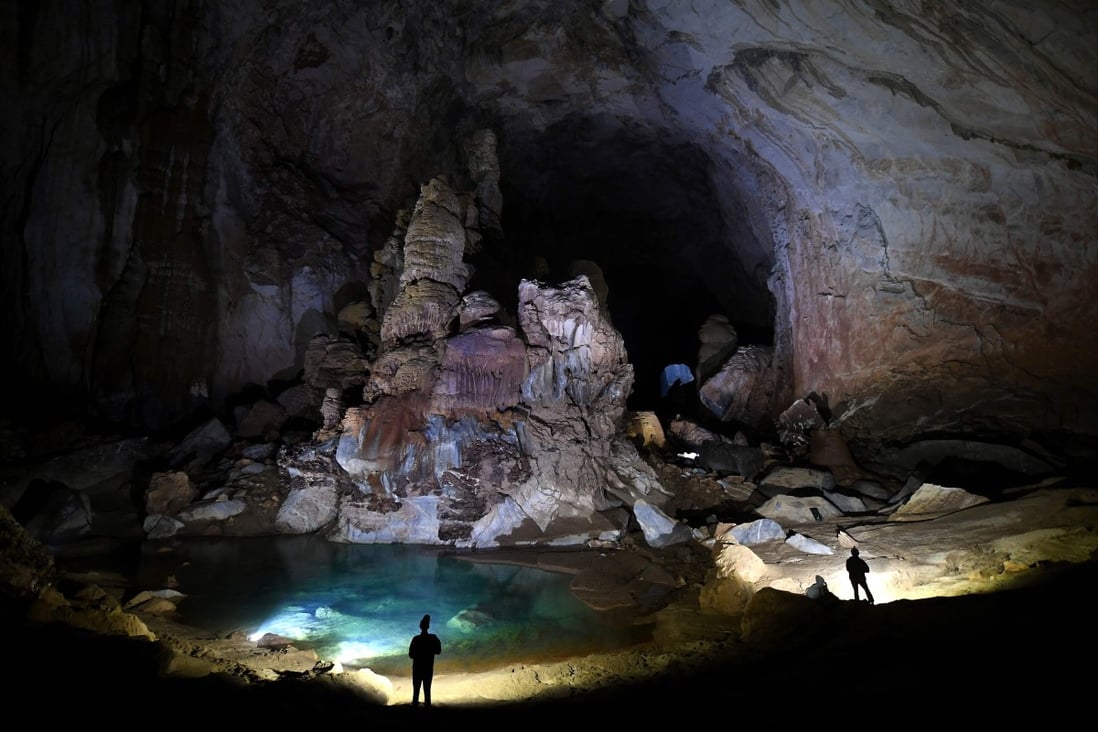Ho, who once earned a living through illegal logging, is a porter for the small tour groups that come to visit Vietnam’s Son Doong – a cave so large that it has its own ecosystem and weather patterns.
The cave is home to flying foxes and a 70m rock formation resembling a dog’s paw. The cave is an unearthly wonder that has reshaped the lives of the surrounding community ever since opening for boutique tourism in 2013.
In order to fight poverty, young men like Ho once had little choice but to look for in the depths of Phong Nha-Ke Bang National Park – the World Heritage site where Son Doong lies.
There they searched for precious agarwood, which is a hugely sought-after material known as “the wood of the gods”, widely used for incense.
Others made a living out of hunting endangered civets and porcupines in the forest.
“We had to do all we could to avoid the forest rangers, ” 35-year-old Phuc said. “We did nothing good for nature.”
Son Doong in central Quang Binh province was first discovered by local forager Ho Khanh in 1991, while stumbling upon an opening in a limestone cliff and heard the sounds of a river deep inside.
In spite of that after returning home through the thick surrounding jungle, Ho Khanh lost track of where the hidden entrance lay, and thus it stayed lost for another two decades.
He eventually led a team of British experts back there in 2009, and the team found that it had the largest cross-section of any cave in this planet.
The cave is large enough to house the 40-floor skyscrapers of an entire New York City block.
Son Doong has weathered the pandemic situation fairly well overall, thanks to an improvement in visitors among Vietnam’s fast-growing middle class.
The high-end tourism model of the caves – which provides around 500 jobs for the local community – has started to attract interest in other areas.
Tags: Vietnam’s Son Doong Caves

